
Moles are hard to monitor alone, especially if you have many! The American Academy of Dermatology recommends that patients are screened for skin cancer every 1-2 years. However, if a funky-looking mole appears in between skin checks, what signs should bring concern?
The gold-standard for mole monitoring for many years has been the ABCDE rule. Nearly thirty years ago, dermatologists at NYU Langone Medical Center developed and later refined the “ABCDE” acronym that provides criteria for diagnosing melanoma. This method is still implemented by providers for skin checks today. Here is a cheat code to the ins and outs of what makes a mole appear concerning to your dermatology provider:
A – Asymmetry: Would one side match the other if you were to fold your mole in half?
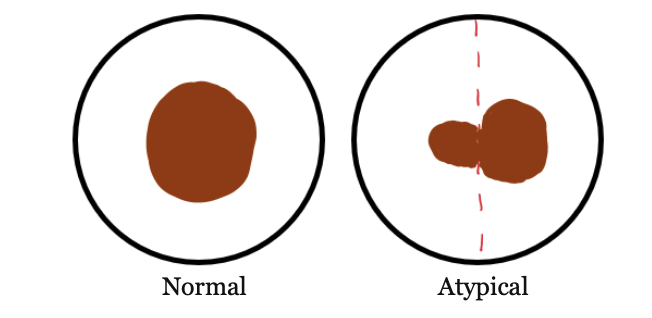
B – Border irregularity: Normal moles have smooth borders and are round or oval. Concerning signs are irregular, ragged, blurred, or notched borders.
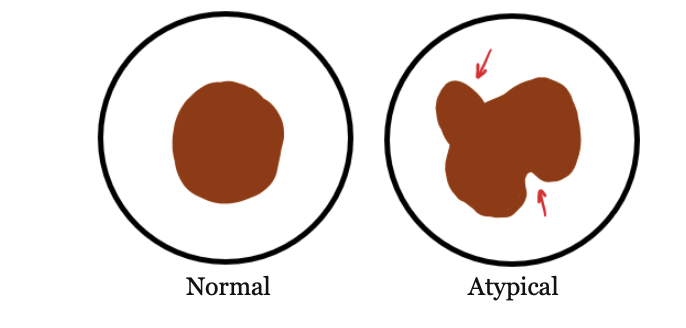
C – Color Variability: If a mole has more than 2 colors, you should get it checked by a medical professional.
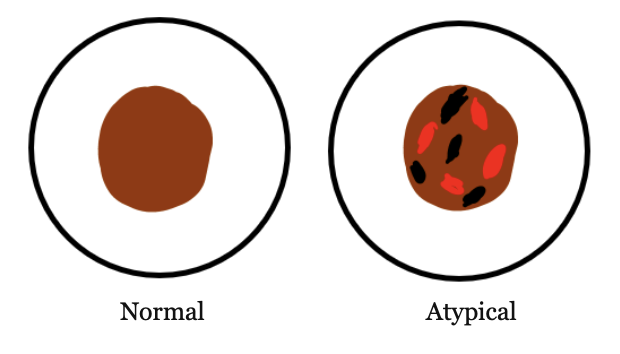
D – Diameter: A mole greater than 6 millimeters requires monitoring.
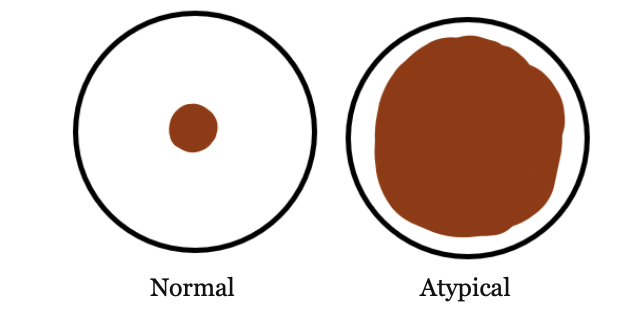
E – Evolving: The most important letter in the ABCDEs for mole monitoring! While your dermatology provider sees you yearly for skin checks, they are only seeing the presence of a mole on that day. If you have noticed that a mole has changed size, shape, or color, this is extremely important information to let your provider know. Get to know your moles with self-checks in the mirror, and if you notice a rapid evolution in the presentation, let us know!
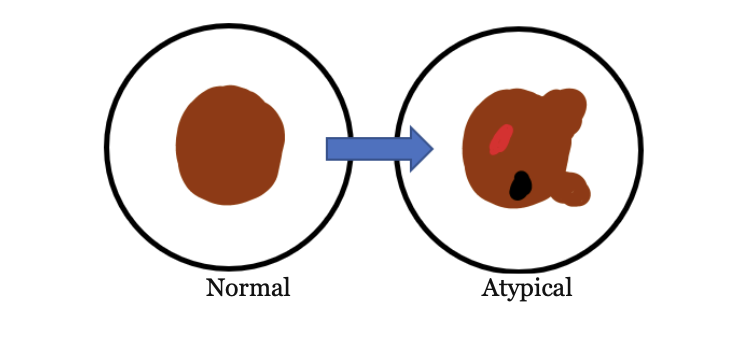
While asymmetry, border irregularity, color variability, diameter, and evolution are all important factors to consider in mole monitoring, I would argue that the best method is the “ugly duckling sign”. Pay attention to the normal pattern if you are scattered with all sorts of lovely, benign moles. Healthy DNA produces the same general shape, color, and size of mole all over your body. However, if one mole is not like the others, and your eye keeps drawing you to it, it could be your body intuitively letting you know something is wrong.
Look out for your ugly duckling moles. I am here to provide you with a thorough full-body skin exam to help you get an expert’s opinion from head to toe. However, if an ugly duckling appears, please come on in for a spot check, and I will take a closer look!
Frances Decamp, PA-C.



Share